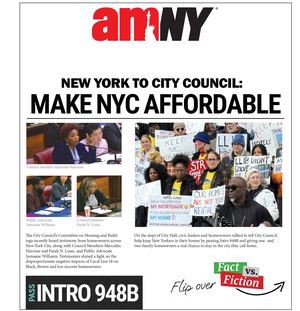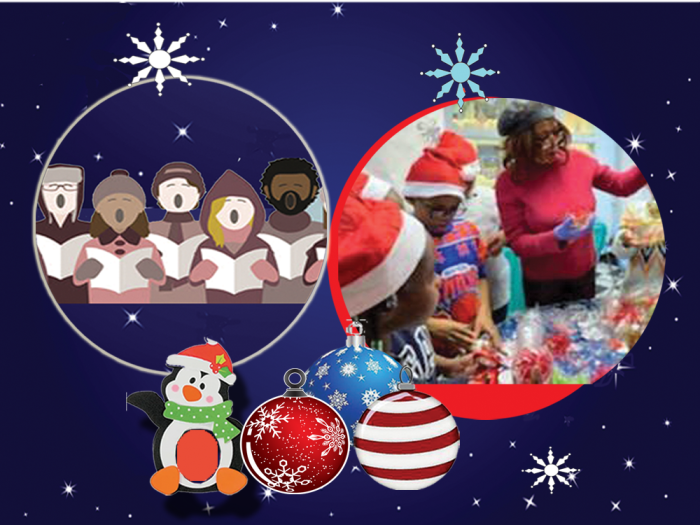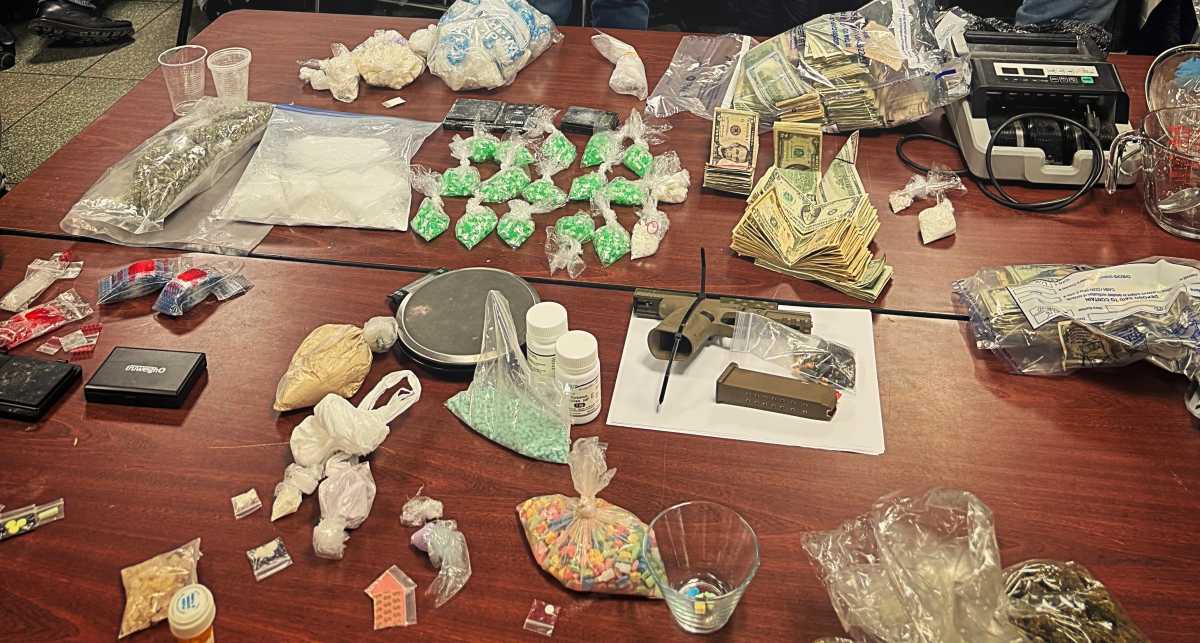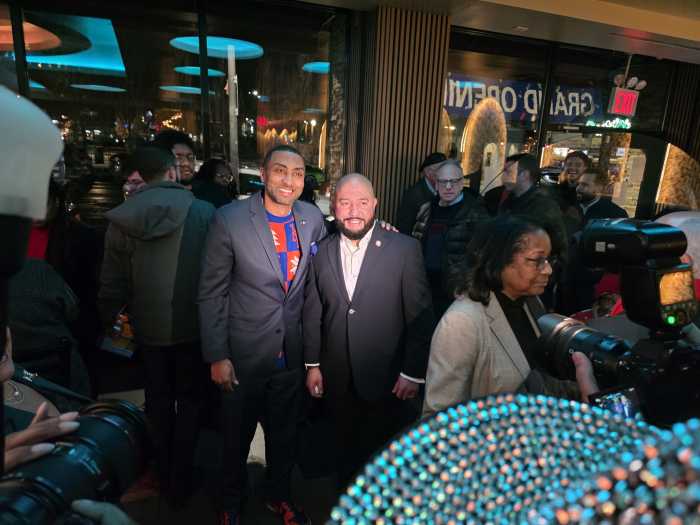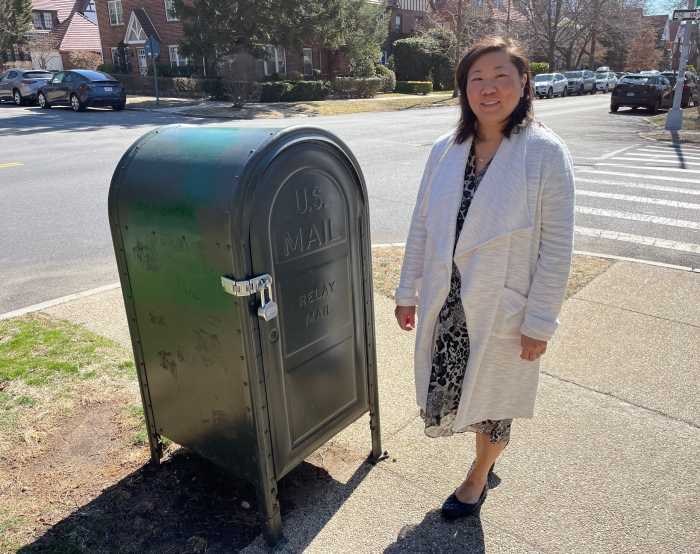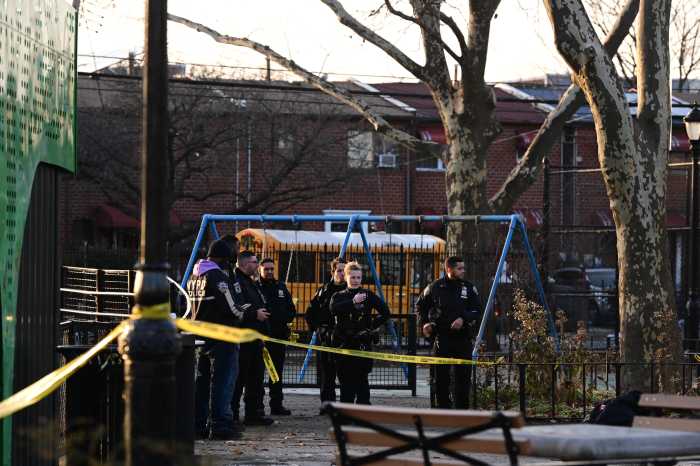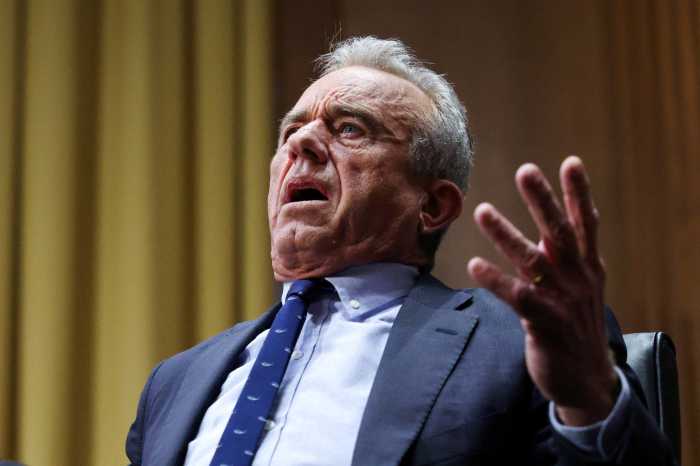Twenty years ago, a furry beast and a beautiful princess danced across the stage at the Palace Theater, ushering in an era of a safe, cleaned-up Times Square and a new age of Disney musicals on Broadway.
“As Broadway musicals go, ‘Beauty and the Beast’ belongs right up there with the Empire State Building, F. A. O. Schwarz and the Circle Line boat tours,” wrote New York Times theater critic David Richards in April 1994. “It is hardly a triumph of art, but it’ll probably be a whale of a tourist attraction.”
More than 28 million tourists and locals alike have crowded Broadway theaters to see Disney Theatrical productions since “Beauty and the Beast.”The latest Disney show, “Aladdin,” opened last week.
Disney Theatrical Productions has produced eight musicals with a success rate of 71% hits. If “Aladdin” is a hit — which based on reviews, it should be — that success rate could jump to an impressive 75%. A typical producer has a 20% success rate on Broadway.
“Clearly, because of the titles that they bring to Broadway, it’s gotten audiences, press, people from around the world more focused on it and interested in Broadway,” said Steven Chaikelson, head of the MFA theater management and production program at Columbia University. “I think that Disney productions have provided a really important entry point for audiences into the theater, whether it’s young audiences and new audiences going to see a show like ‘Beauty and the Beast’ or ‘Lion King’ or ‘Little Mermaid’ because of the title.”
Chaikelson has a unique perspective, having been the company manager for “The Lion King” from 1997-98. He was with the show when it debuted in Minneapolis, Minn., through to its transfer to the New Amsterdam Theater, which currently houses “Aladdin.” Now the fourth longest-running show in Broadway history, “The Lion King” is housed at the Minskoff Theatre.
Much of the success of Disney’s Broadway expansion has coincided with the cleaning up of Times Square, a one-time haven for porn shops and drug dealers. “People thought Disney was going to conflict with the culture of Times Square. It actually fit right in and amplified it,” said Tim Tompkins, President of the Times Square Alliance.
Tompkins recalled that before the ’90s no one wanted to touch the New Amsterdam Theater, which at the time was in such bad shape that there were mushrooms growing on the floor. Disney’s investment was a life saver, he said,hailing the company for preserving the theater’s iconic look while giving it new life.”When you go in now, it’s the most beautiful theater in Times Square. It’s amazing to be reminded how damaged it was,” Tompkins said.
Wally Rubin, district manager of Manhattan’s Community Board 5, which oversees the area, said Disney’s presence in Times Square played a major role in bringing other businesses and entertainment venues to the area.
“It made it safe for others to say, ‘OK if they could do it then I could do it,'” the district manager said.
Some New Yorkers, especially preservationists, have a different perspective, saying Disney started a trend that has led to rampant over-commercialization. Jeremiah Moss, who runs the blog Vanishing New York, said the city’s deal with the company in Times Square established a precent of enforcingeminent domain for small businesses to make way for bigger chains.
That same tactic, according to Moss, is now being used in other development projects such as Willets Point in Queens.
“This wasn’t something organic that happened; it was completely planned,” he said.
Disney’s impact on Broadway isn’t limited to box office or real estate, of course. The studio’s artistic ambition has made it a force as well, experts said. “I think everyone would agree that ‘The Lion King’ is the creative high point as a seemingly almost unprecedented fusion,” said Gordon Fox, theater editor at Variety. “At the time, Julie Taymor was a little downtown director who did crazy little shadow puppet things. The idea that something that [was] really kind of downtown in its vibe could be matched with the Disney sensibility and the Disney property, and become appealing to highbrow critics and the family audiences who don’t care if it’s highbrow or lowbrow; they just want to be entertained. The idea that ? they could do that successfully and then continue to maintain that success as strongly as they have was sort of groundbreaking in their own way.”
Chaikelson pointed out that ramped up physical production was a trend before Disney got into the game, with mega musicals like “Cats” and “Les Miz,” but he said Disney offers “a focus on physical production, big sets [and] lavish costumes,” which is what audiences have come to expect. “They’re meeting the expectations of the audience coming to see the shows.”
Allison Halloran, of Westchester, who saw a matinee of “Aladdin” earlier this month with her daughter confirmed Chaikelson’s theory. “The set was awesome, music was great and the genie was hysterical,” she says. “Because it was Disney, we saw it for my 6-year-old daughter. She loved it.”
And even when Disney hasn’t been successful, Cox points out that they’re at least willing to take risks.
“In the case of ‘Tarzan,’ they were doing something really technically challenging, and in the case of ‘The Little Mermaid,’ they drew on sort of creative types from the world of opera and they were really trying to kind of reimagine how that musical would sit on stage,” Cox says. “And the fact that that didn’t necessarily work at the box office does sort of indicate a willingness to experiment that I think was at least initially quite surprising.”
It should be pointed out that while those shows didn’t do as well as the other Disney musicals, they still made a lot of money.”Tarzan,” had a long, successful run in Hamburg, Germany.
(With Shawn McCreesh and Michael Wang)
